This Judicial History of Bombay during the British period covers a span of 300 years from 1661 when Bombay became the first possession of the British on Indian soil. The narrative gives a vivid description of the laborious and precarious processes by which law and law courts in Bombay gradually groped their way out of primitive darkness into rational and enlightened justice. It is not a bare chronicle of legal affairs, intelligible only to lawyers, but a stimulating story, graphically told, rendered more vivid and picturesque by being projected against a background of general history. The writer’s historical imagination enables him to present the events and personalities of the past in the appropriate atmosphere and environments of bygone ages; and from the Preface to the concluding chapter there is scarcely a dull page or a dreary passage. The reader is carried through a pageantry of action and events, and a procession of picturesque and arresting personalities. Colourful and challenging judges and advocates stalk across the stage, and the writer’s estimates of their characters and careers are just and balanced, although provokingly presented.
Perhaps the chapters most interesting to the lay reader are those dealing with Conflicts between the Executive and the Judiciary and Historical Cases. The former contains descriptions of conflicts in the majority of which the judges successfully asserted the independence and dignity of the Judiciary against the Executive. The latter contains a series of cases, the majority of which would easily find a place in any volume of "Notable Trials"; and some of them have the stirring and stimulating features of romantic fiction. The book is enlivened by a number of anecdotes and literary and historical allusions and quotations which add to its interest for the general reader. The History is not free from provocative and controversial features; and the author has discussed events and personalities with courage and candour. The value of the Book is enhanced by a lively and picturesque style, with a vein of subdued sarcasm, appropriate to a historical narrative.
The book has an introduction by Soli J Sorabjee, former Attorney General for India. It provides interesting insights into several facets of the author’s personality: A man of principles who believed in high thinking and plain living, his wry sense of humour and sarcasm, his excellence as an after dinner speaker and the literary gems he coined in his speeches and his poetical talent. The introduction draws parallel between the events during the British period of the history of the High Court narrated by the author and similar events in post independent India, especially conflicts between the judiciary and the executive and also the lively exchanges between the Bench and the Bar.

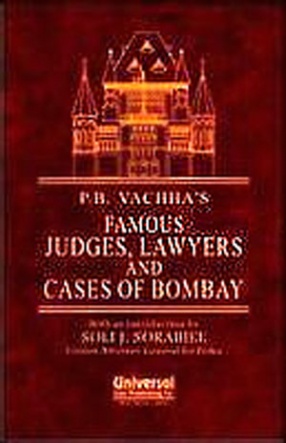
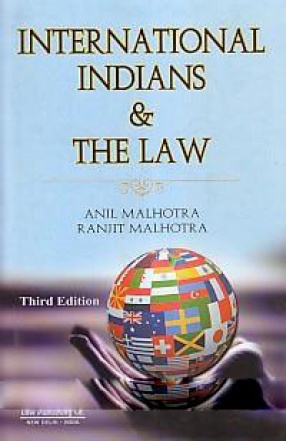
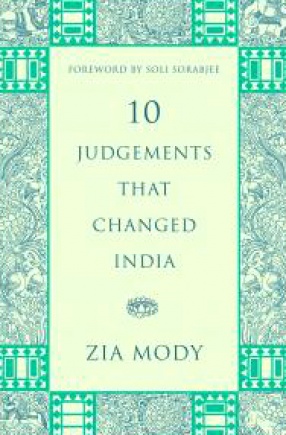
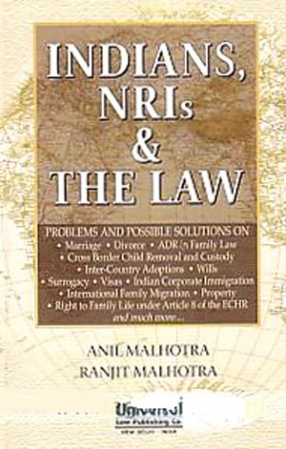

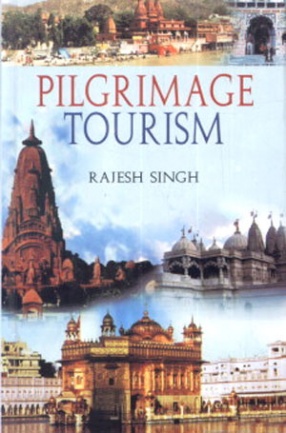
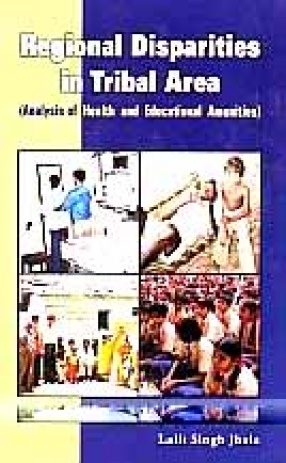
There are no reviews yet.